Top grocery delivery app-builders
These days, Instacart is a household name. This popular grocery delivery app reaches more than 95 percent of U.S. households, has more than seven million monthly active customers, and has processed more than 900 million orders since it started in 2012.
Instacart is only one of numerous grocery shopping apps, though, and thanks to increasing consumer interest, industry analysts expect that the market will continue to expand. That means there’s no better time to develop a grocery app of your own.
Keep reading to learn more about grocery app development costs and the various factors to consider that could make or break your app’s success.
Reasons to develop a grocery delivery app like Instacart
Online grocery sales took off in 2020, largely as a result of the COVID-19 pandemic.
Grocery apps have been around since the 2010s, but in 2019, more than 80 percent of U.S. consumers had still never bought groceries online. After the onset of the COVID-19 pandemic, online grocery shopping became something of a necessity, thanks to newly implemented public health measures (and a healthy dose of fear).
This environment created challenges that prompted a near-complete turnaround: In 2020, the percentage of U.S. consumers who placed grocery orders online jumped to a whopping 79 percent.
That temporary crisis forced a change in behavior that sparked a more permanent change in mindset. Consumers began to see online grocery shopping as a simpler, faster, and more budget-friendly option than actually going to the store. Now, the idea of letting someone else do the shopping seems to have taken root, with many customers across all age groups hoping to never set foot in a grocery store aisle again.
Share of U.S. shoppers buying groceries online on a monthly basis in Q2 2023
Additionally, mobile app technology continues to advance, to the benefit of both consumers and companies. Mobile apps can provide an increasingly personalized shopping experience, such as offering promotions and marketing messages that match a shopper’s current location or purchase preferences. Payment processes are also becoming even more seamless as a greater number of shoppers adopt digital payment methods that can be integrated into checkout.
For companies, the data that grocery apps collect helps them better manage their inventory and solidify their relationships with customers. The bottom line is that grocery delivery apps are still a hot commodity. And thanks to the proliferation of easy-to-use app builders (read more about that below), it’s possible for anyone to develop a successful grocery app with good planning and the right tools.
Grocery app development cost: A range of possibilities
Your grocery app development cost will depend on the method you use to create it.
According to Cecilien Dambon, an SEO & Growth Advisor at Spark Traffic, businesses have two main alternatives: “First is a DIY approach, which is generally more affordable, with most of the expenses ranging between $5,000 to $15,000, depending on the platform and features chosen. This allows for more control and sometimes even speeds up the development process when templates are used. However, a certain level of technical knowledge is required, and the end result might be less flexible when customization is concerned.
“The other route,” he says, “is to hire a professional developer, which will surely be a top-quality, fully customized application with comprehensive support at a much higher cost, most likely ranging from $50,000 to $150,000 or more based on complexity.” This option is for businesses that need a unique, robust solution but don’t have the time and money to devote to building it.
Unsure which way to go? Aaron Pinson of Tactical Traffic advises that “if you have the time and are able and capable of pulling it off on your own, by all means go for it. But if you are already busy managing or being on top of your business, you will save a lot of time by paying a developer or a team of developers — after all, that is what they do full time!”
Here’s a breakdown of the complexity levels and prices, with information provided by Mukesh Ram, CEO of Acquaint Softtech, as well as Pinson and Dambon:
| Features | Development cost | Maintenance cost | |
|---|---|---|---|
| DIY with an app builder | $5,000 to $15,000 | Cost of the ongoing platform subscription | |
| Basic app |
| $20,000 to $40,000 | 15–20 percent of the development cost annually |
| Moderately complex app |
| $50,000 to $75,000 | 15–20 percent of the development cost annually |
| Complex app |
| $100,000 to $200,000 | 25 percent of the development cost annually |
Key features of a grocery delivery app
As noted above, the cost to develop an app is determined in large part by its complexity. The more features you want to include, the higher your expenses will be.
However, customers do expect to see certain features in any grocery store app. At a minimum, Pinson and Dambon recommend including the following features:
- User-friendly navigation and an inviting feel
- The ability to save past orders
- The ability to create multiple shopping lists prior to placing an order
- The ability to group foods by recipe
- A wide range of products to choose from
- A secure payment gateway
- Delivery scheduling
- Order tracking
Dambon notes that additional features — like personalized recommendations, customer reviews, and loyalty programs — will further enhance the user experience and increase customer retention.
If you’re planning on working with a professional developer, Pinson advises thinking through your features wishlist in advance of meeting with them. “You need to know exactly what functionality you would like to have for both users and for the back end.” For example, consider the following.
On the user end:
- Do you want a substitution option for out-of-stock products?
- Will you cover all geographic areas, or do you want to deliver based on a certain city, state, or zip code?
- How should the app be structured? What will the user experience be like?
On the backend:
- Do you need to integrate it with your website, inventory management system, CRM, or POS?
- Will you have built-in maps for drivers, or will you have them use Google Maps or Apple Maps to make deliveries?
- Will you offer a pickup option?
Pinson also advises getting quotes from several developers so you can skip the guessing game around costs. Also, avoid trying to roll out every feature imaginable on day one. Choose the ones you feel strongly about, develop them to a basic level, and see which ones your customers use the most; this way, you’ll know where to focus your energy and resources in the future.
Factors that affect development costs
Before embarking on a grocery app development project, it’s wise to understand the factors that contribute to the cost. In general, they are the
- Complexity and number of features: See the above chart for a breakdown of the features involved in a basic app, a moderately complex app, and a complex app. The costs will scale according to the features. But according to Pinson, even seemingly basic features can have varying levels of complexity: “A simple search function might be inexpensive, while a sophisticated search with filters and personalized recommendations will cost more.”
- Design requirements: A custom user interface will increase your costs, while using templates and standard features will reduce your expenses.
- OS or platform choice: Will your app be designed specifically for the iOS or Android platform, or will it be a cross-platform app? Apps designed for use on one platform can take full advantage of built-in hardware features and could be more powerful, but they also tend to cost more than cross-platform apps.
- Requirement to integrate with third-party services: Will the app need to be linked to other applications to work optimally? For instance, you might want it to integrate with an analytics tool to easily make use of the data you’re collecting or an inventory management tool for real-time inventory tracking.
- Maintenance and update requirements: Bugs that need fixing are bound to come up over time. Plus, you may want to address customer requests and add or enhance functionality.
You can check out Jotform’s App Development Cost Calculator!
Benefits of grocery app development
Is it worth investing in developing a grocery app? There are many benefits of on-demand grocery apps for both creators and customers.
“It’s important for the [grocery] company because you are giving your customer a good user experience and another choice about how to shop,” says Pinson. “People love apps, so it’s a good option to have in addition to a mobile-friendly website.”
An app is the ultimate convenience tool. “Busy families can shop anytime without needing to visit the store. The app remembers preferences too, so it’s easy to reorder favorite items,” says Taimur Ijlal, tech expert and information security leader at Netify. “Exclusive deals are also a big draw for customers to use the grocery app regularly.” With these features, stores can increase engagement with their shoppers, driving more sales and building loyalty to the brand.
Last but not least, apps also provide a trove of customer data that you can analyze to continuously improve the shopping experience. The data you gather provides insights into consumer behavior, which in turn allows you to fine-tune your marketing strategies, target specific customer segments, and offer relevant product promotions. You can also use app data to better manage your inventory and optimize your prices.
Grocery delivery app-builders to try
You don’t have to be a developer to create an app — at least not with the app builders listed below!
Before you get started, do some research on the competition!
Customers will compare your grocery app against well-known apps like Instacart, Walmart Grocery, and Flipp, all of which set the bar high for convenience and personalization.
Instacart is considered a top-notch app largely because it offers an intuitive user experience, real-time inventory, and excellent delivery tracking. Walmart Grocery provides seamless in-store shopping integration and quick order fulfillment. Flipp is easy to use and highly personalized, offering deals based on a customer’s wishlists, shopping lists, and geographic location.
When you’ve done your research and you’re ready to get started building, try one of the popular grocery app builders below.
1. Jotform Apps
Looking for a simple way to build an impressive grocery app? With more than 700 app templates, Jotform Apps makes it easy for users to create, customize, and share apps — no coding knowledge required. With the grocery delivery app, you can give your customers the ability to browse store inventory, purchase items, and fill out a form with their general contact information and delivery address.
Plus, you can extensively customize all Jotform Apps templates. For example, you can add a unique splash screen and app icon to enhance brand recognition, change fonts and color schemes, and add a variety of app elements — images, interactive buttons, and more — to tailor your app to meet specific requirements.
Jotform also integrates with over 40 payment gateways, so you can manage all transactions seamlessly, whether for orders, donations, or service fees, right within your app. Your customers experience a smooth payment process and get the benefit of using their preferred payment methods.
How will users find and access your app? It’s simple: You can select from multiple advanced sharing options, including social media sharing, QR codes, and custom URLs. Plus, its granular access settings give you a high degree of control over how you distribute your app and who can access it.
Jotform Apps is included with a Jotform subscription, and you can choose from a free plan and a variety of paid plans that start at $34 per month.
2. Appy Pie
Appy Pie is another no-code development platform that you can use to build a grocery delivery development app. It offers a variety of attractive design themes that you can customize to create a fully functional app in minutes.
Appy Pie apps work across various devices and operating systems, and they allow you to make real-time changes to published apps. There’s also an option to let its in-house experts build your app for you. Appy Pie is a budget-friendly tool, but note that there are limitations on the number of downloads per month for each pricing tier (except for the Enterprise plan).
3. BuildFire
Another no-code, drag-and-drop app builder, BuildFire also offers templates for app creators. Most of the features you’ll need are included right out of the box, but it has a library of additional “marketplace” features that make it easy to add functionality as needed. Or, you can take advantage of its software development kit to create a plug-in to add unique features.
BuildFire offers a 14-day free trial, but it’s the costliest option of the bunch, with plans starting at $100 per month, billed quarterly. It also caps the number of downloads per month.
A great way to get started on building your own grocery delivery app
Grocery apps remain hugely popular, and they offer stores yet another way to stay engaged with customers. Plus, it’s never been easier to create your own app, thanks to today’s low- and no-code building tools like Jotform Apps. Start designing here now!
Photo by Andrea Piacquadio



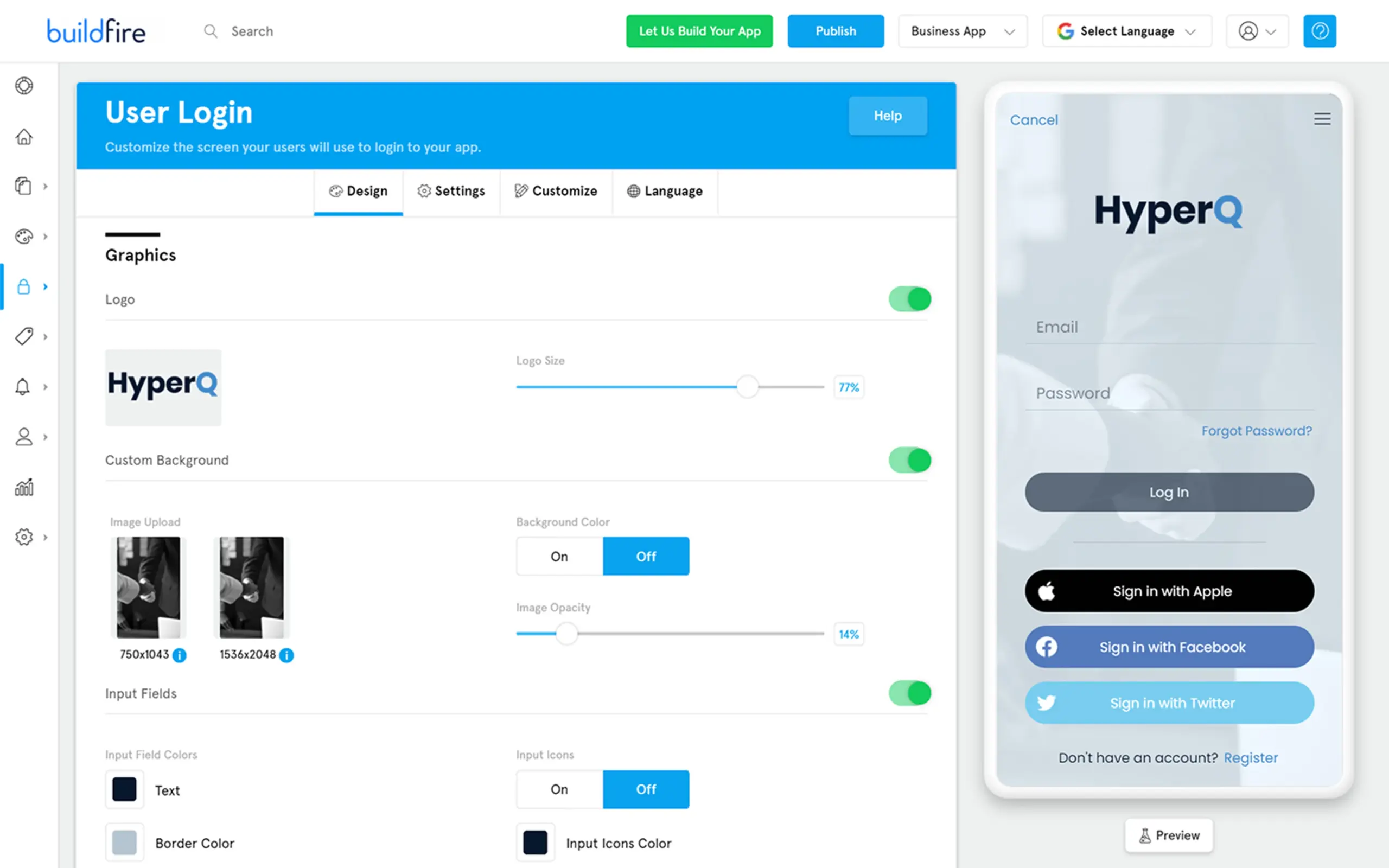

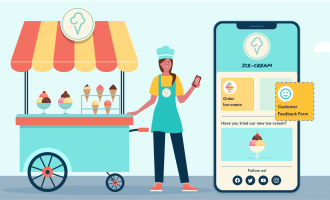






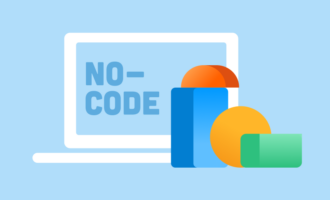
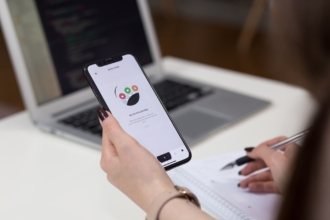



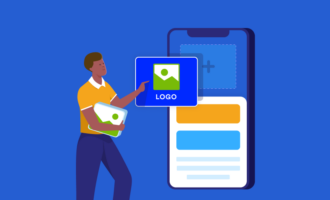





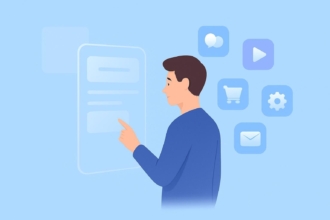

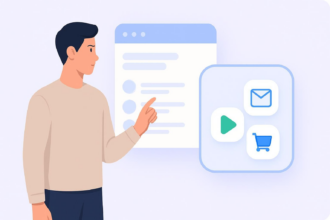













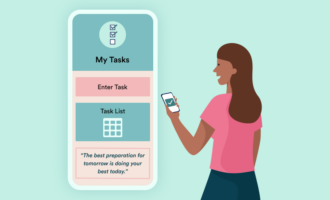
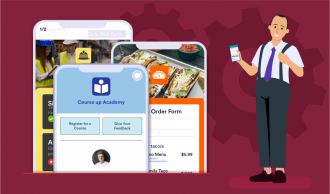















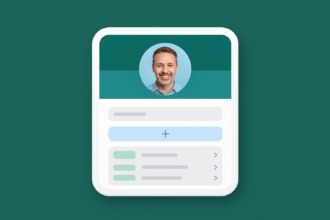

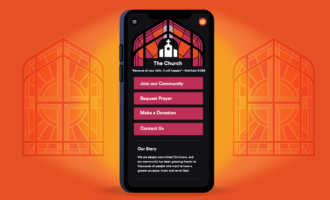




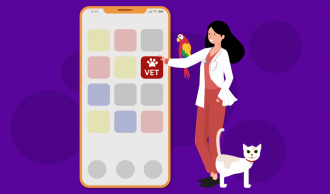
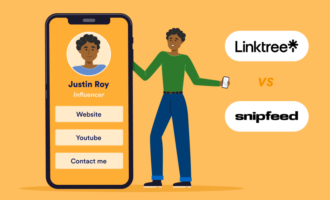
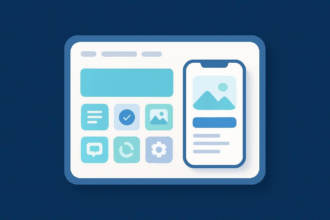























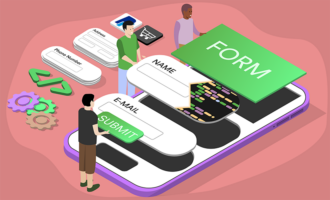












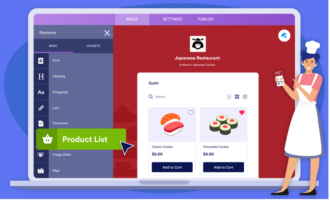


Send Comment: